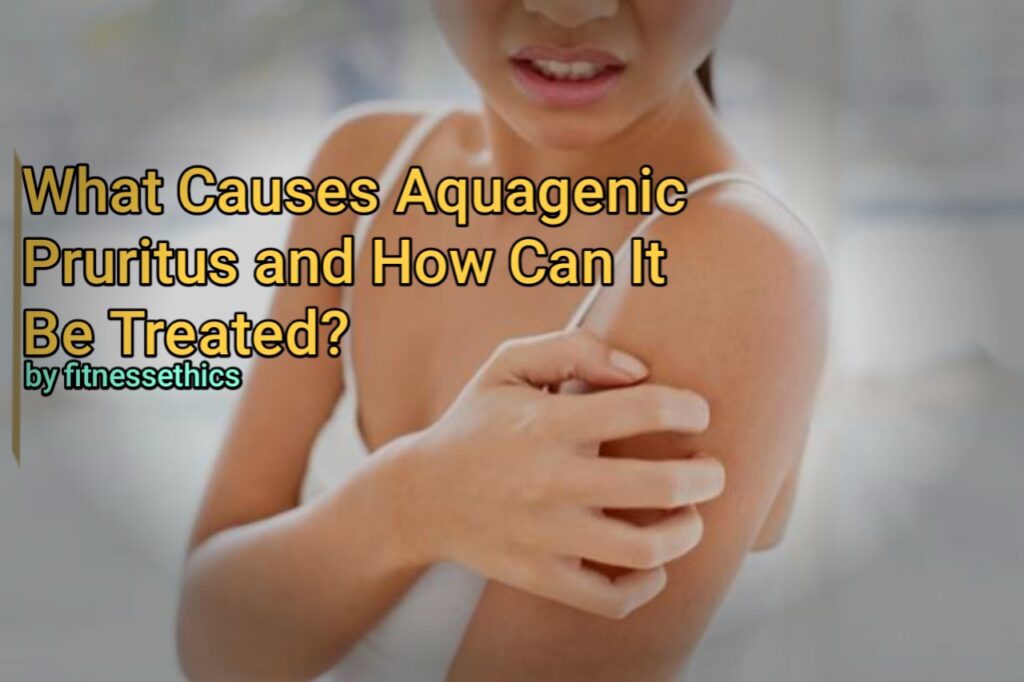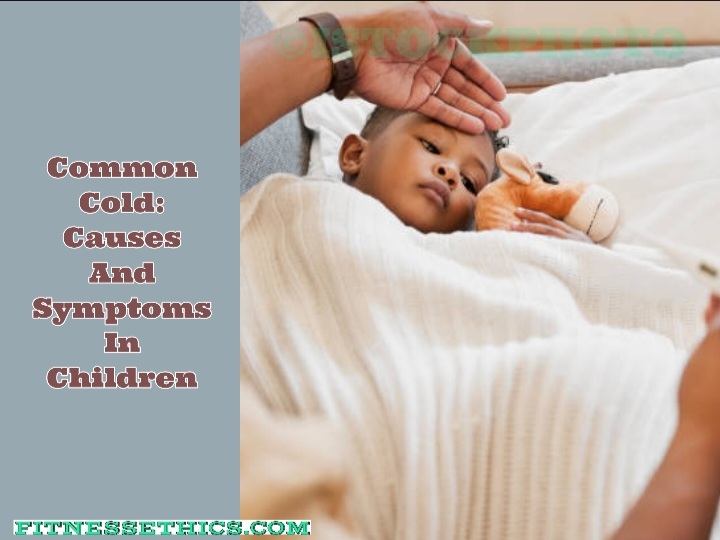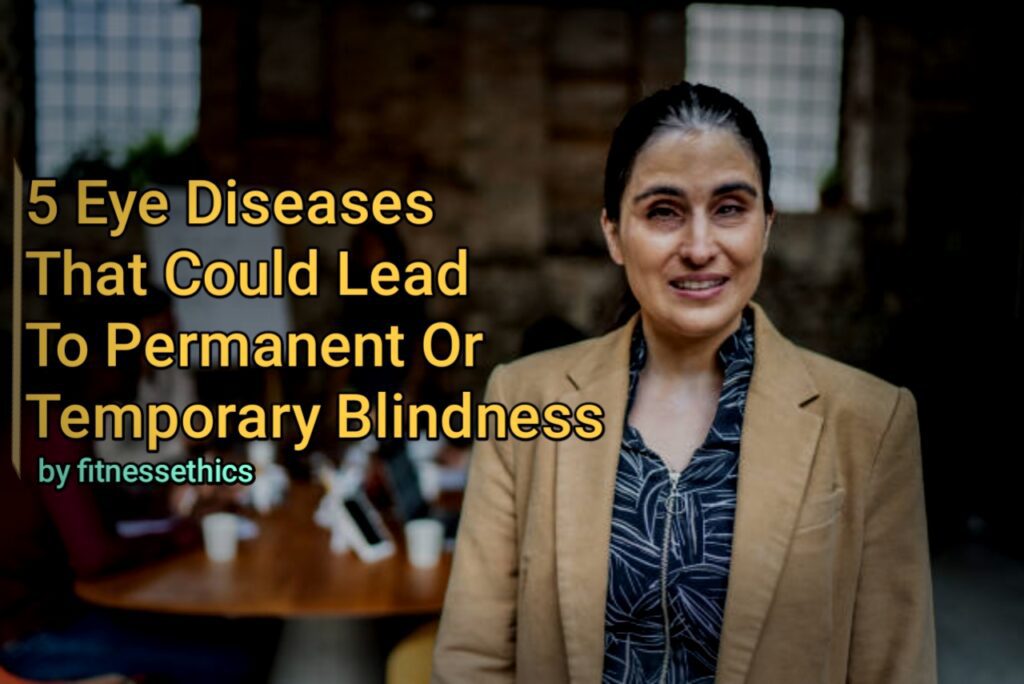What is Aquagenic Pruritus?
Aquagenic pruritus is a skin disease characterized by the development of severe itches on the skin when water touches it. This condition doesn’t cause visible rashes or hives, but the individual will feel severe itching and discomfort.
Aquagenic Pruritus: What Causes It?
The cause of Aquagenic Pruritus is still unknown; it is seen as a reaction the body gives out. Studies have shown that mast cell degranulation, localised release of acetylcholine, and increased cutaneous fibrinolytic activity all play a role in aquagenic pruritus.

A severe case of aquagenic pruritus can cause intense itching and unbearable pains. It may be associated with certain conditions or reactions to certain drugs and treatments. Conditions associated with aquagenic pruritus include:
- Polycythemia rubra vera (in over 45% of patients)
- Essential thrombocytosis
- Myelodysplasia
- Lymphoma
- Hypereosinophilic syndrome
- Hepatitis
- Antimalarial drug treatments like hydroxychloroquine and chloroquine
Where Does Aquagenic Pruritus Occur?
So basically, it can occur anywhere on your body, but the most common areas are your legs, arms, chest, and back. The palms of your hands, soles of your feet, inside your mouth, ears, and nose are not affected. Individuals who have Aquagenic Pruritus will have to stay away from certain places like pools and rain. Using warm water to bath can also be helpful as it tends to reduce the itch. This itch can actually last for hours or even longer. There are cases where you’ll have to consult a medical professional and minor cases that can wear off after a few treatment procedures.
How Can Aquagenic Pruritus Be Treated?
Aquagenic pruritus doesn’t have a direct treatment, but there are recommended techniques and substances that can be helpful in reducing the itch and stopping the itchy feeling just for a while. Health care providers use a wide range of treatments, including medications, procedures and natural remedies. You may need to try different treatments to find one that works for you.
Medications could be recommended by healthcare providers, but you should always go for the best available option. Here are medications that can reduce itching and pain.
- Antihistamines and allergy medications
- Analgesics: pain relievers
- Transcutaneous electrical nerve stimulation (TENS), a procedure used to reduce pain
- Ultraviolet therapy (phototherapy): a procedure that treats some skin conditions,
There are certain medications that may not be efficient in all patients but will provide relief in some patients. They include:
- Beta blockers are medications used to treat high blood pressure
- Cholestyramine is a medication that prevents the absorption of bile acid
- Naltrexone is a drug used to treat alcohol and opioid use disorders
- Selective serotonin reuptake inhibitors (SSRIs), a class of antidepressant medications
Natural remedies can also be used to reduce itching and pain.
- Baking Soda: Baking soda and sodium bicarbonate in your bath water can raise the pH of the water and may help lessen symptoms
- Capsaicin: creams containing this active ingredient in chili peppers, can help relieve itching and pain after contact with water
- Beta-alanine: It’s not clear how these supplements help, but some people have reported relief when using them
- Baby oil: coating your skin with it before taking a shower can help give your skin a protective barrier
[starbox]



